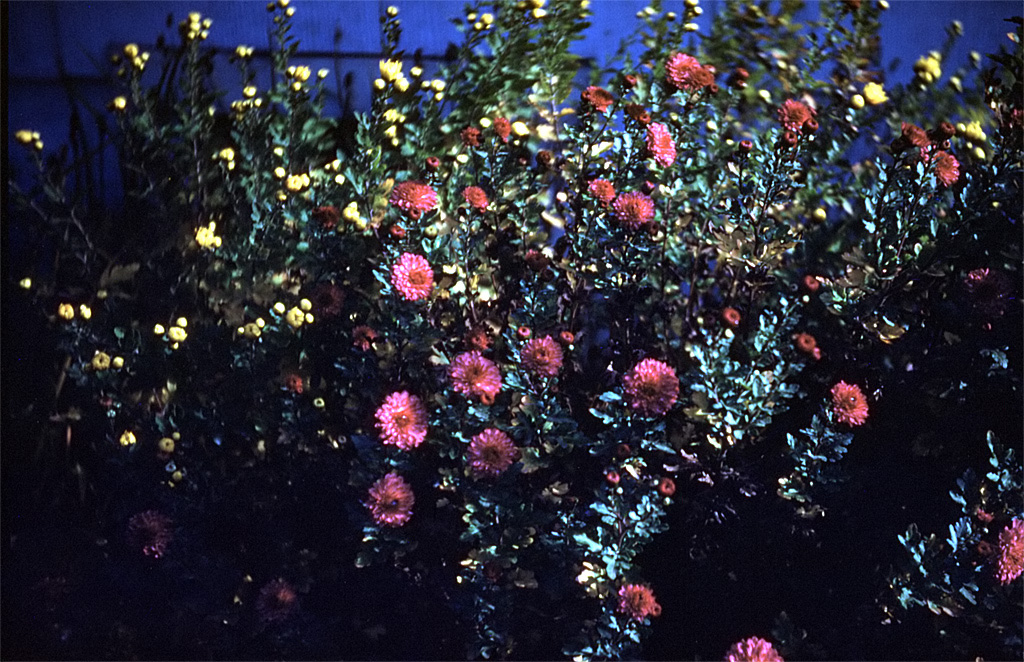Gallery containing public domain photos of flowers and plants from the Canadian National Parks – Western Canada. From the warm, temperate broadleaf forests of southern Ontario to the frigid Arctic plains of Northern Canada, from the wet temperate rainforests of the west coast to the arid deserts, badlands and tundra plains, the biodiversity of Canada’s plants is extensive.
Aubrieta (also Aubretia) is a genus of about 12 species of flowering plants in the cabbage family Brassicaceae. The genus is named after Claude Aubriet, a French flower-painter. It originates from southern Europe east to central Asia but is now a common garden escape throughout Europe. It is a low, spreading plant, hardy, evergreen and perennial, with small violet, pink or white flowers, and inhabits rocks and banks.
Camassia (or Camas) is a genus of six species native to western Canada, and the western United States. They are perennial plants which emerge early in the spring. The six-petaled flowers vary in color from pale lilac or white to deep purple or blue-violet. Camassia species were an important food staple for Native Americans and settlers in parts of the American Old West.
Balsamorhiza is a genus of plants in the sunflower family known commonly as balsamroots. These are perennials with fleshy taproots and caudices bearing erect stems and large, basal leaves. Atop the tall stems are showy yellow sunflower-like blooms. Balsamroots are native to western North America. There are about twelve species plus many common hybrids.
Native Americans used the sticky sap of this plant as a topical antiseptic for minor wounds. The large taproots produced by Balsamorhiza sagittata are edible and were harvested, dried, and ground into a starchy flour by Native Americans when other food plants were scarce. The entire plant is edible and nutritious, but not necessarily enjoyable because it contains a bitter, strongly pine-scented sap.
The genus Berberis is characterised by dimorphic shoots, with long shoots which form the structure of the plant, and short shoots only 1-2 mm long. Many deciduous species, such as Berberis thunbergii or B. vulgaris, are noted for their attractive pink or red autumn colour. In some evergreen species from China, such as B. candidula or B. verruculosa, the leaves are brilliant white beneath, a feature valued horticulturally. Some horticultural variants of B. thunbergii have dark red to violet foliage.
Brodiaea coronaria is the type species of Brodiaea and also known by the common name crown brodiaea. It is native to western North America from British Columbia to northern California, where it grows in mountains and grasslands. There are two subspecies of this plant. One of them, the Indian Valley brodiaea, is a rare pink-flowered subspecies endemic to a small region in the Inner North Coast Ranges in northwestern California.
Iberis (or candytuft) is a genus of flowering plants belonging to the family Brassicaceae. It comprises annuals, evergreen perennials and subshrubs native to the Old World. According to the US Dispensatory (1918), the leaves, stem, and root are said to possess medicinal properties, but the seeds are most efficacious. The plant appears to have been employed by the ancients in rheumatism, gout, and other diseases. Currently the foliage and stalks are employed in German phytomedicine as a bitter digestive tonic.
Bearberries are three species of dwarf shrubs in the genus Arctostaphylos. Unlike the other species of Arctostaphylos, they are adapted to Arctic and Subarctic climates, and have a circumpolar distribution in northern North America, Asia and Europe, one with a small highly disjunctive population in Central America.
The name “bearberry” for the plant derives from the edible fruit which is a favorite food of bears. The fruit, also called bearberries, are edible and are sometimes gathered for food. The leaves of the plant are used in herbal medicine.
